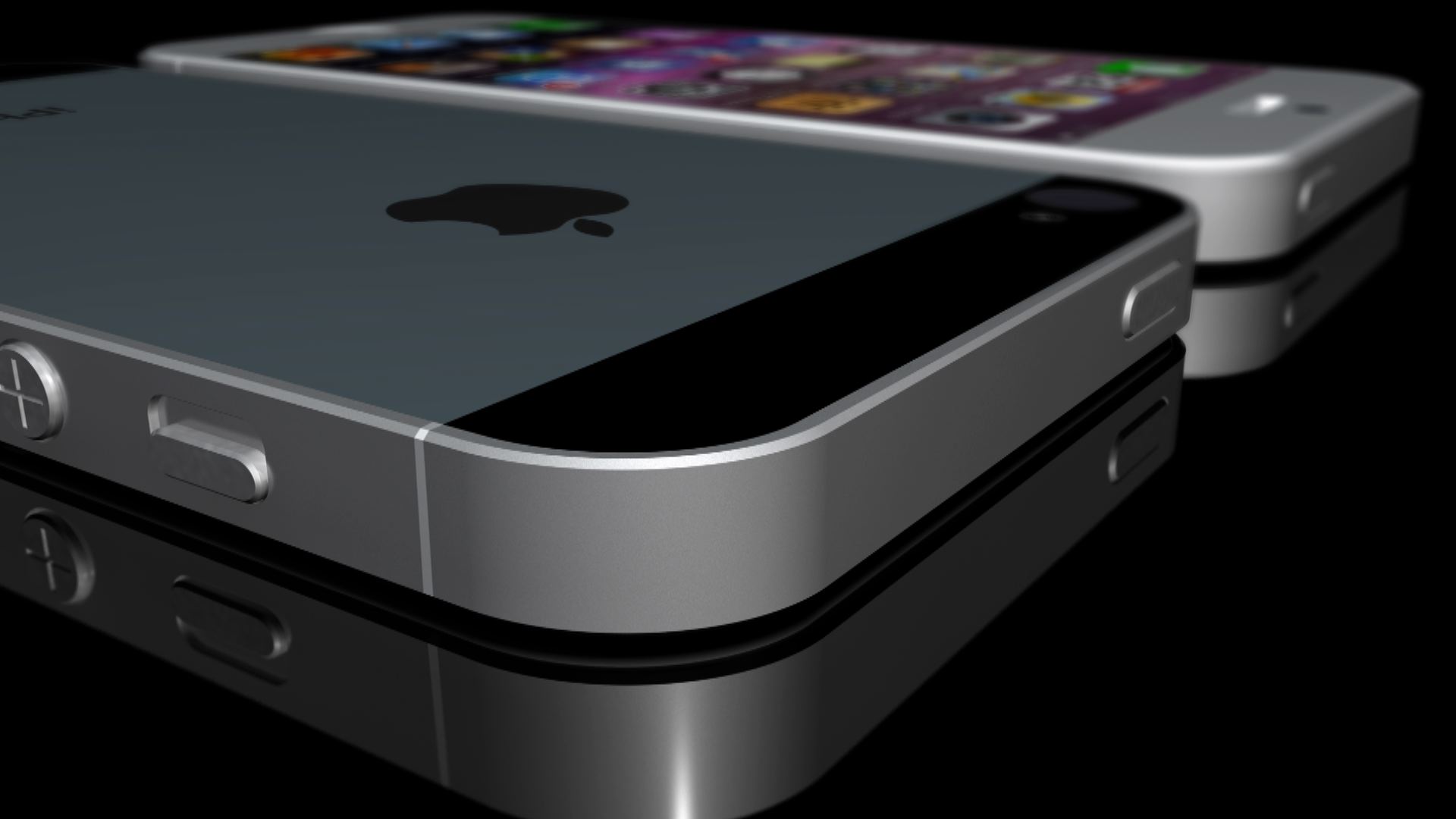In-cell touchscreen technology may bring thinner, lighter iPhones
New Apple patent integrates touchscreen elements with display circuitry

Apple doesn't always follow through right away with every patent it files, but their patent for a "Touch screen liquid crystal display" is one the company should implement sooner rather than later.
Despite the generic name, the new LCD technology patent will allow Apple to fuse touch sensors into display circuitry, a change that could have a dramatic effect on how thin smartphones or tablets can get.
Currently, Apple places its iOS device touchscreen sensors above the display itself.
While the iPhone 4S could hardly be called thick, it seems the Cupertino company is obsessed with shaving every millimeter possible from its iOS devices.
Integrated technology
The U.S. patent office granted Apple the "Touch screen liquid crystal display" patent Tuesday. The patent filing details how the company might implement the new technology for thinner devices.
"By integrating the layered structure of an LCD and a touch sensor, a variety of benefits can be achieved," the patent filing states.
"Integration can further include eliminating redundant structures and/or finding dual purposes (e.g., one purpose for the touch function and another for the display function) for particular layers or structures.
Sign up for breaking news, reviews, opinion, top tech deals, and more.
"This can permit some layers to be eliminated, which can reduce cost and thickness of the touch screen LCD, as well as simplify manufacturing," the filing concludes.
Apple's patent applies equally to traditional LCD as well as in-plane switching (IPS) panels such as those used in the current iPhone 4S.
The so-called "in-cell" technology has been rumored for the iPhone 5, particularly as the company appears ready to move to a larger four-inch screen, with Sharp and LG on tap to provide the display panels.
Via AppleInsider